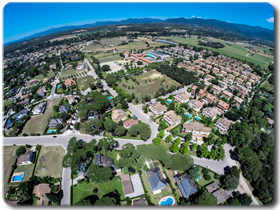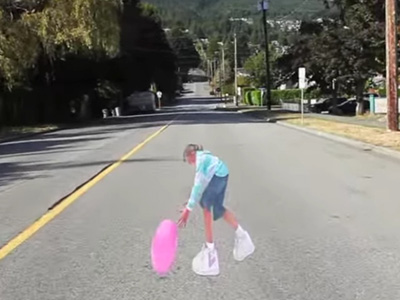
Passengers on an airplane spring to action when a stewardess needs help – but a neighborhood in New York City does very little when a woman is attacked. What’s different ? How can we take what we learn from the airplane and apply it to the attack? Lecturing the neighborhood residents probably won’t help. Can we do anything to the way the neighborhood is laid out to encourage interaction among residents and a greater sense of interdependency among them? We explore the topic of bystander intervention, diffusion of responsibility and the field of community psychology in this episode of The Psych Files.
Resources for this Episode
Good places for interaction are places where people, often from many parts of the community and/or diverse backgrounds, meet naturally and interact comfortably and often pleasurably because of the nature or attraction of the space and/or the activities associated with it. – Urban Land Institute
Many cities, Copenhagen is a prime example, have streets that are closed to vehicle traffic, either some or all of the time. These pedestrian passages, often lined with stores whose business is enhanced by the flow of pedestrians past their doors, allow people to rub shoulders with others from the community, to stop for conversation without the noise and other distractions of traffic. They often harbor street performers, outdoor cafes, festivals, and other features that encourage interaction.




Frank Pawellek
January 11, 2016Hi Michael,
Thank you for this great episode about making a neighborhood safer.
Last year, I wrote a psychology B.Sc. thesis on potential measures to encourage the “Sense of Community” (SoC) – and indeed the physical design of the neighborhood seems to play an important role in that. Regrettably, there is very little literature on that subject available. (It was a literature review thesis, and I really took some pains to find recent research papers.)
But I also found that some psychologists are theorizing that there is a downside to an increase in “Sense of Community”, which is a less tolerant attitude toward outsiders or those who move into the neighborhood. It seems that the closer the members of a community feel to each other, the more “closed” and impenetrable the community becomes as a whole. Indeed, tolerance and intragroup attachment seem contradictory, somehow. This is consistent with earlier findings in the field social psychology. Maybe that is why there is so little current research in that direction… because one might find some inconvenient truths about the nature of neighborhoods?
To me, this seems to touch the roots of Community Psychology – a general conception of humans as generally social and well-meaning beings. The closer psychologists work with community workers, the more certain optimistic assumptions about people seem to become important – and influencing their research. I am asking myself: Are we leaving the field of science here?
Sincerely,
Frank Pawellek
(I apologize for any mistakes, not being a native speaker. I am german and did spend some time in the UK, but that was back in the 1990s…)